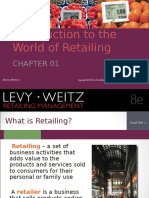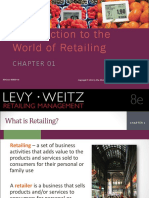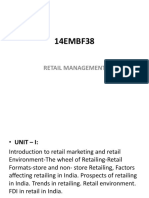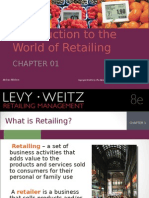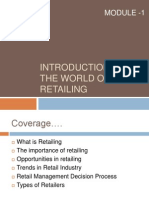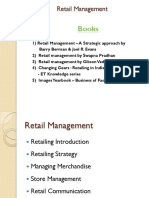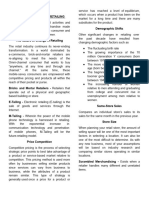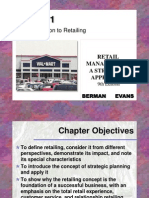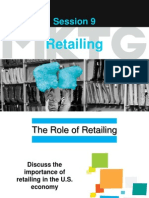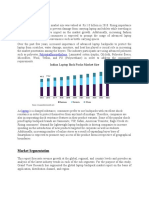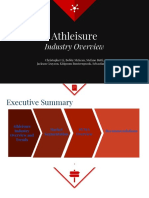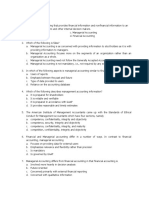0% found this document useful (0 votes)
233 views5 pagesRetail - Introduction To The World of Retailing
Clase de introducción a venta al detalle.
Uploaded by
Ramses LandaverdeCopyright
© © All Rights Reserved
We take content rights seriously. If you suspect this is your content, claim it here.
Available Formats
Download as PDF, TXT or read online on Scribd
0% found this document useful (0 votes)
233 views5 pagesRetail - Introduction To The World of Retailing
Clase de introducción a venta al detalle.
Uploaded by
Ramses LandaverdeCopyright
© © All Rights Reserved
We take content rights seriously. If you suspect this is your content, claim it here.
Available Formats
Download as PDF, TXT or read online on Scribd
/ 5






